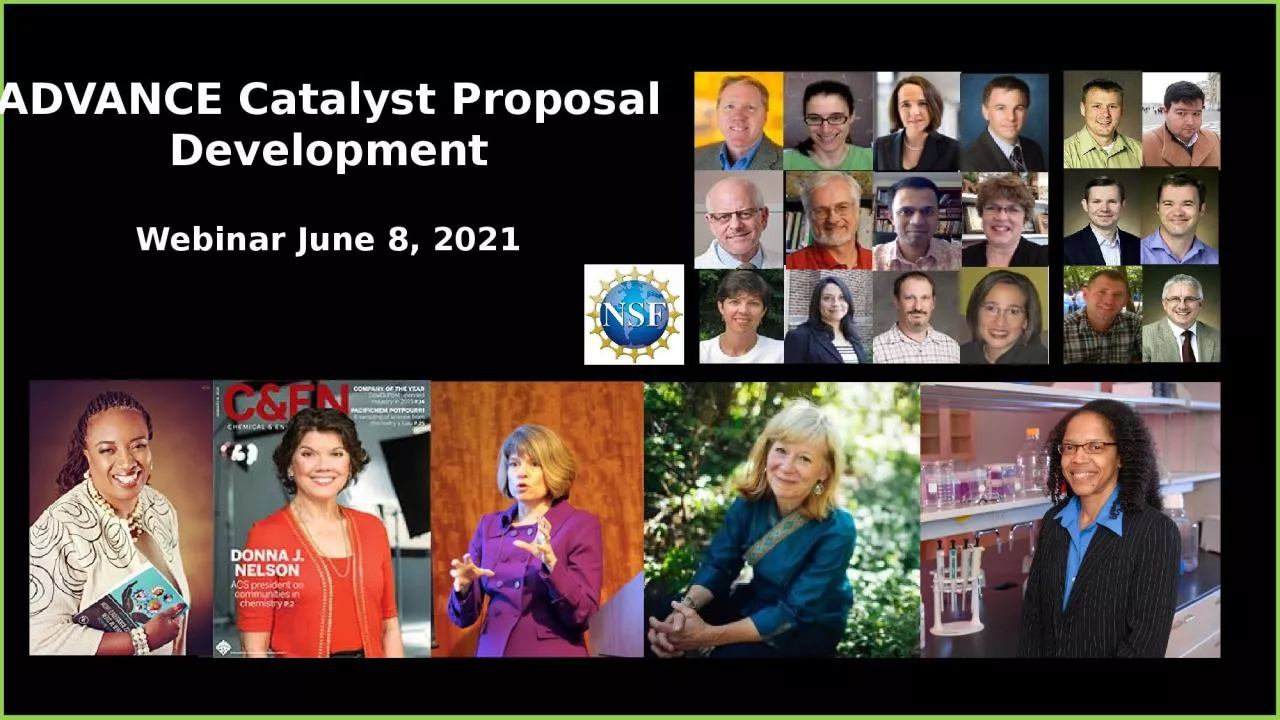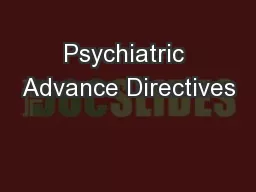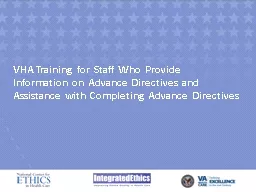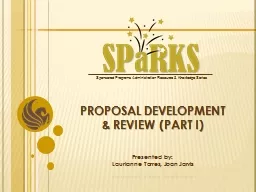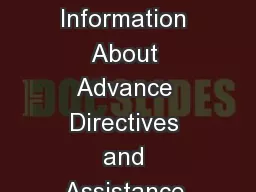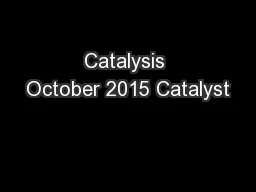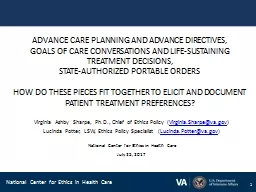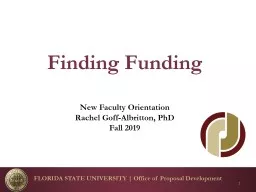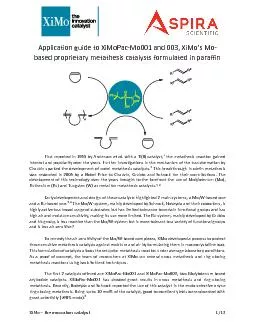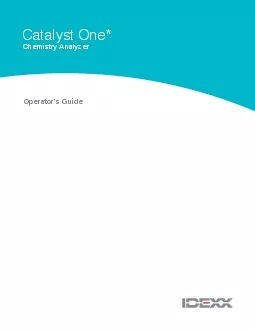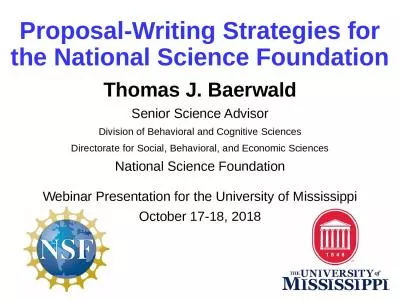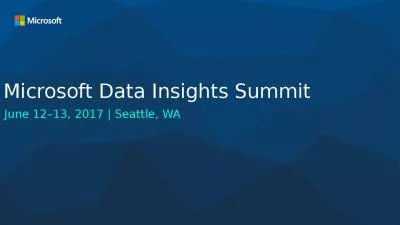PPT-ADVANCE Catalyst Proposal Development
Author : jovita | Published Date : 2024-01-29
Webinar June 8 2021 Systemic change organizational change Equity focus Intersectional approach Outputs Intervention Strategies Grant program NSFwide partners ADVANCE
Presentation Embed Code
Download Presentation
Download Presentation The PPT/PDF document "ADVANCE Catalyst Proposal Development" is the property of its rightful owner. Permission is granted to download and print the materials on this website for personal, non-commercial use only, and to display it on your personal computer provided you do not modify the materials and that you retain all copyright notices contained in the materials. By downloading content from our website, you accept the terms of this agreement.
ADVANCE Catalyst Proposal Development: Transcript
Download Rules Of Document
"ADVANCE Catalyst Proposal Development"The content belongs to its owner. You may download and print it for personal use, without modification, and keep all copyright notices. By downloading, you agree to these terms.
Related Documents

